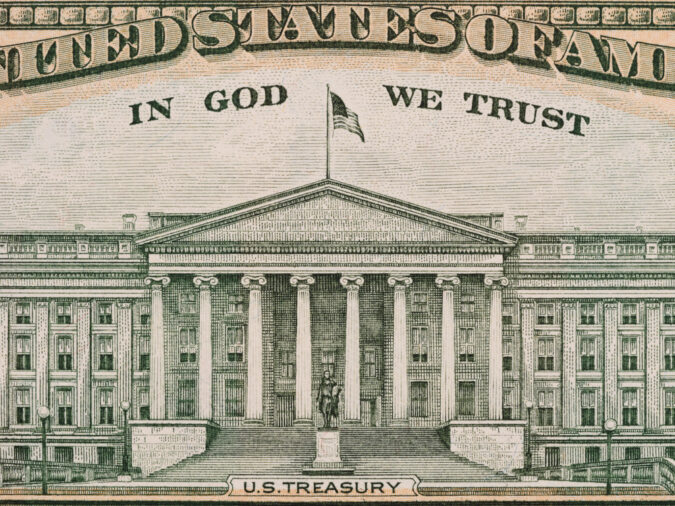
On Friday, the US dollar recorded slight gains and was able to sustain some momentum after rising in the previous session following a series of decisions from central banks in Europe.
Markets saw relatively subdued trading activity, as participants were waiting for the US jobs data due later in the day because it might prompt the US Federal Reserve to shift its policy.
Currency movements
The dollar climbed against the euro in early European trading, as the latter dropped by 0.1% to reach $1.09.
However, the euro was still considerably higher than the low of 20 years that it had hit back in September against the dollar at $0.953.
On Wednesday, the Federal Open Market Committee (FOMC) had hiked the interest rate by 25 basis points, which took the benchmark interest rate from 4.25% to 4.75%.
This approach was a softer one than the previous hike of 50 basis points. The dollar declined due to this slowdown in rate hikes and the central bank’s comments after the meeting.
Traders were hoping that the central bank may put an end to rate hikes altogether. But, there was a sharp rally in the dollar on Thursday when a 50 basis points rate hike was delivered by the ECB.
This took the interest rate to 2.5%, but the European Central Bank (ECB) stated that they could be done hiking after another increase in March, which sent the euro tumbling.
Dollar boost
Forex analysts said that the markets were essentially retracing everything that had happened before the meeting of the US Federal Reserve.
They said that the markets were undergoing a ‘risk-off’ mood because of relatively weak earnings reported by tech giants like Amazon, Apple, and Alphabet.
This was likely the reason that the US dollar saw a boost on Friday. There was a 0.1% increase in the dollar index, which measures the greenback against a basket of its peers, as it reached 101.89.
Other movements
There was a slight increase in the Japanese yen against the dollar, reaching 128.66 per dollar. On Friday, the big event for markets is the release of nonfarm payroll numbers in the US.
On Friday, there was a 0.18% drop in the pound to $1.22, after it had already recorded losses of 1.2% on Thursday.
This was after the Bank of England (BoE) delivered an interest rate increase of 50 basis points, but also stated that inflation may have reached its peak.
There was a 0.35% decline in the Australian dollar to $0.705, while the US dollar recorded gains against its Canadian counterpart of 0.35% at C$1.336.
Forex currency analysts said that they expect the US dollar to stay under pressure in the next few weeks, as the US Federal Reserve seems to be the closest to hitting a pause on interest rate hikes.
They said that dollar weakness will be the path of least resistance in the coming quarter unless something leads to more risk-off sentiment in the market.









